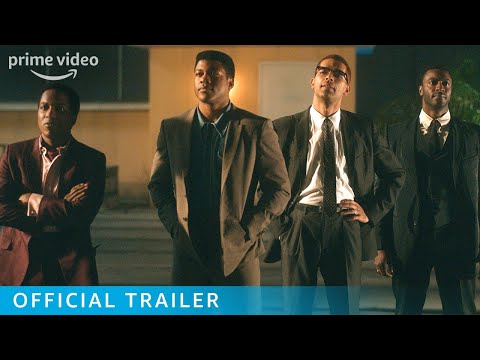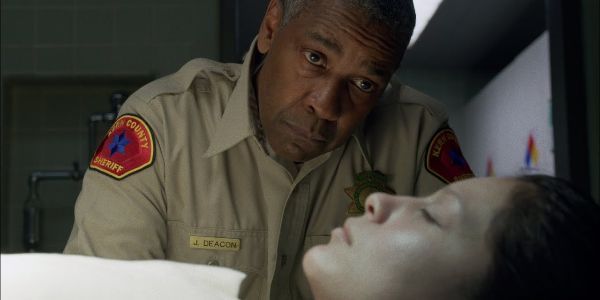COME TRUE: Atmospheric Dream-Centric Horror With An Underwhelming Ending
Come True is written and directed by Anthony Scott Burns, who previously directed Our House and the segment “Father’s Day” in the anthology film Holidays which I discuss in Hidden Gems in Anthology Films.
Come True is an atmospheric science-fiction horror film examining sleep paralysis and the nature of dreams in its own unique ethereal visual style. The film with Sarah (Julia Sarah Stone), a runaway who joins a sleep study to uncover the truth of her night terrors and also have a place to sleep at night after spending nights surfing between couches and playground slides, still unable to sleep.
Visual Style
Come True works best when the film takes us inside the dreams of the main characters. These scenes are built in such a way that the audience feels strapped to a ride, floating through nightmares from which we cannot look away, much like how the dreamers cannot change the nightmarish images they face every night.
These dream sequences help build the fright of the film early on, even while Sarah’s world is still being established. By showing us the dreams she faces before entering the sleep study, the audience is shown what dangers are in store minutes into the film. As I watched these dreams, I felt absorbed in the world, and my mind wondered how perfectly this would work in the VR realm. The film does an excellent job of guiding the audience to the darkest and most horrifying aspects of every dream we encounter.
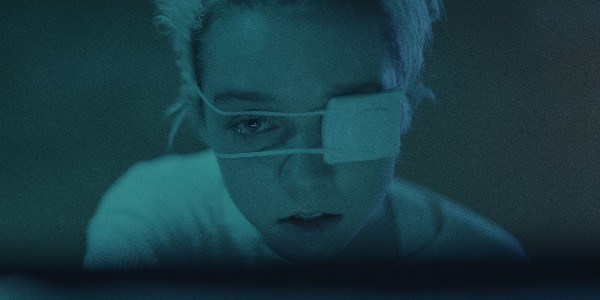
The use of sound, lights, and shadows throughout every dream makes the dreams we do not quite understand yet still as frightening as they could be. I was drawn into this world so much, and so early into the film, that the mystery of exactly what is going on inside this sleep study kept me engaged throughout the film.
World-Building and Character Development
Come True built the world of dreams, reality, and the mysteries between the two in such a natural way, never feeling forced or too expositional. The film keeps you guessing along with Sarah, uncovering bit by bit the truth of both her problems sleeping and how deep this sleep study goes.
Seeing how Sarah interacts differently with the people within the study and her friend Zoe (Tedra Rogers) outside of this dream-focused world adds to the film’s central mystery.
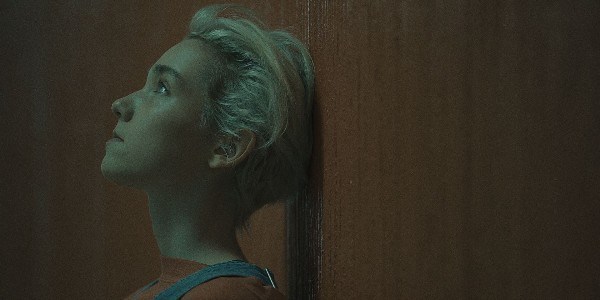
The sleep study in the film is intriguing and sets up some of the film’s best moments of horror. As characters dream, hooked up to wires and machines, their dreams are shown on screens watched over by Dr. Meyer (Christopher Heatherington), Anita (Carlee Ryski), and Riff (Landon Liboiron).
These screens reveal secrets about their study and the nature of Sarah’s dreams, and seeing the dream from different perspectives allows the audience access into the mindsets of the different characters. The visuals bring to mind the wall of television screens watching characters fall asleep in Shock Treatment and the invasive dream examinations in Eternal Sunshine of the Spotless Mind.
Memorable Performances
Julia Sarah Stone gives a captivating performance as Sarah, making you care for her 18-year-old runaway and want her sleeplessness to finally be solved.
Julia Sarah Stone brings to life Sarah’s troubles and portrays her dread of uncertainty so well, allowing the audience to root for her character. We want to see her get a restful night’s sleep and not rely on drinking 6 cups of coffee a day while still falling asleep in class-leading to more nightmares.
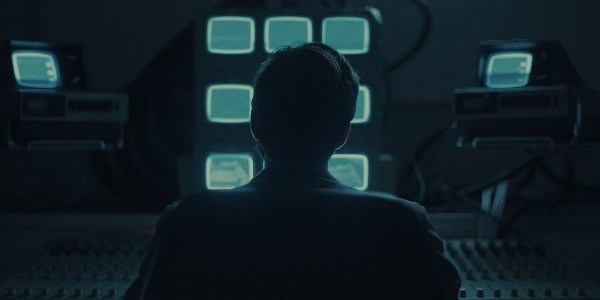
Landon Liboiron does a great job at crafting a sense of apprehension and unease surrounding his character, hidden behind someone who wants to offer comfort. The difference in his performance when he is with his fellow researchers versus his scenes trying to make Sarah feel comfortable with him add depth and nuance to the character.
From the moment we see him in the book store, I felt uneasy in the interaction, even if nothing in the scene presented him as anything more than a guy offering a book recommendation.
Twists and Turns
Come True works so well until it doesn’t. The film twists in different directions, some more worthy than others. The moments that bridge the gap between Sarah’s dreams are interesting and visually exciting, but the film takes this new direction and keeps pushing past it until we are in entirely new territory, but this new territory feels tired and makes you question what made the rest of the film work so well.
Overall, I enjoyed the experience watching the film, but when the story wrapped up and the credits rolled, my thoughts shifted and I felt like the nuance and growth presented throughout the film was exchanged for one shocking moment.
There are moments where the film changes directions that feel exciting and fitting for the film, but this desire to surprise takes over and pushes past what adds to the mystery in order to surprise the audience one last time.
Atmospheric Score
Come True utilizes a well-balanced synth score composed by Anthony Scott Burns, Pilotpriest, and Electric Youth. The score adds the perfect atmosphere to the film, especially during its dream sequences. There are elements of the classic John Carpenter horror synth sound, but Come True‘s score feels unique and perfectly fitting with the film’s visuals.
The atmosphere created from the music makes Come True come together and infiate your brain in the way a film focused on the power of dreams demands. The mixture of the feeling of floating through these nightmare-scapes with these smooth, yet beautifully dissonant sounds creates an audiovisual experience that makes you feel like you are inside this world.
Conclusion
Come True is a visually stunning and beautifully directed film that pulls you inside the world of its nightmares through strong performances, especially from Julia Sarah Stone and Landon Liboiron, but the film’s twisty plot sometimes goes too far.
Come True will open in select theaters, digital platforms, and cable VOD on March 12, 2021
Does Come True look like an interesting examination of dreams and sleep paralysis? Share your thoughts in the comments.
Watch Come True
Does content like this matter to you?
Become a Member and support film journalism. Unlock access to all of Film Inquiry`s great articles. Join a community of like-minded readers who are passionate about cinema – get access to our private members Network, give back to independent filmmakers, and more.
Join now!


